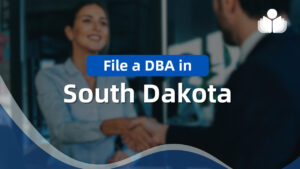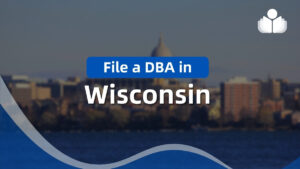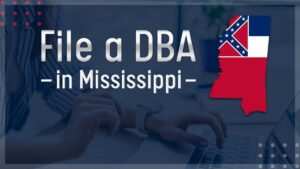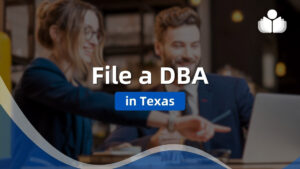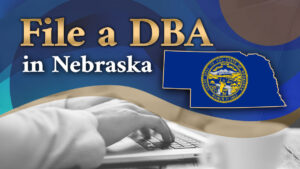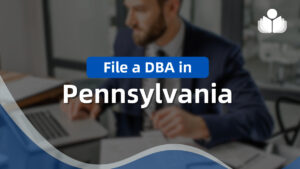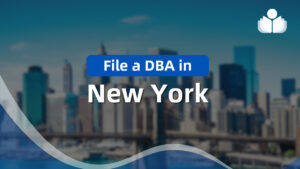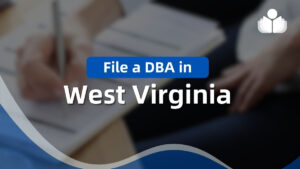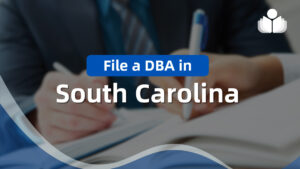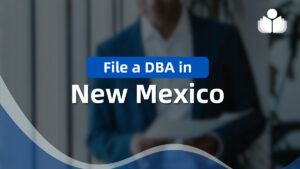As BP continues to be in the spotlight, with every business practice being scrutinized, we can learn some lessons on how ethical companies balance safety and costs.
Ethical Culture
There is nothing inherently “ethical” about balancing safety and costs. Few programs, even government projects, can reduce safety risks down to zero. The key factor is how does the company balance the risks and how are those decisions made known to key stakeholders, both inside and outside the company.
As reported in today’s Wall Street Journal:
Until the April 20 explosion of the Deepwater Horizon oil rig in the Gulf, Mr. Hayward (BP’s CEO) repeatedly said he was slaying two dragons at once: safety lapses that led to major accidents, including a deadly 2005 Texas refinery explosion; and bloated costs that left BP lagging rivals Royal Dutch Shell PLC and Exxon Mobil Corp.
In a review of internal documents, BP seems to have taken a reactive approach to managing safety issues. Only when confronted by government agencies did BP make commitments to take action:
The agency had inspected a refinery in Toledo, Ohio, which BP now jointly owns with Husky Energy, in 2006, uncovering problems with pressure-relief valves. It ordered BP to fix the valves. Two years later, inspectors found BP had carried out requested repairs, but only on the specific valves OSHA had cited. The agency found exactly the same deficiency elsewhere in the refinery. OSHA ordered more fixes and imposed a $3 million fine.
However, as we have seen from the fallout from the Gulf Oil Spill, the recent mine accidents in West Virginia, as well as FAA intervention on airline safety issues, relying on government identification of safety issues may no longer be a viable fall back position for companies that have greater knowledge of the issue than the government.
In February 2009, Allison Iversen, a coordinator at Alaska’s Petroleum Systems Integrity Office, sent BP a letter saying it had failed to inspect the stretch of pipeline for more than a decade before it broke. A scheduled 2003 inspection was never performed because the pipe was covered in snow and the company never returned to do it. The state also said it was “deeply concerned with the timeliness and depth of the incident investigation” conducted by BP. It took four months to provide a report that other oil companies typically submit in two weeks.
The result has been a spotty record of being proactive on safety issues:
“They claim to be very much focused on safety, I think sincerely,” says Jordan Barab, deputy assistant secretary at the Occupational Safety and Health Administration. “But somehow their sincerity and their programs don’t always get translated well into the refinery floor.”
At the same time, BP has been focused on cost reductions:
Meanwhile, company officials continued hammering home the message on costs. Mr. Shaw, the Gulf of Mexico head, made the point at a meeting for top managers in Phoenix in April 2008. His aim, according to an internal BP communication, was to instill a “much stronger performance culture” in the organization, based on strictly managing costs and “this notion that every dollar does matter.” BP declined to make Mr. Shaw available for comment.
But there have been challenges in balancing a “performance culture” with maintaining adequate safety standards:
Obstacles soon emerged. A 2007 internal document setting out the safety policy spoke of an industry shortage of engineers and inspectors that could endanger plans to implement new standards for inspecting and maintaining critical equipment. An internal presentation in May 2009 cited a shortage of experienced offshore workers and said more training was required to “maintain safe, reliable and efficient operations.”
Some think the cost drive affected safety. Workers had “high incentive to find shortcuts and take risks,” says Ross Macfarlane, a former BP health and safety manager on rigs in Australia who was laid off in 2008. “You only ever got questioned about why you couldn’t spend less—never more.” BP vigorously denies putting savings ahead of safety.
Ethics and Safety
So how do companies effectively balance safety and costs?
The first step is to differentiate two critical types of safety expenses: the cost of identifying safety risks and the cost of mitigating them. Organizations cannot make an intelligent decision to bear the risk of a particular action if they are not getting adequate data on which to make such a decision.
In today’s world, with a global corporation’s daily actions affecting so many external stakeholders (e.g. the public), it is ethically unacceptable for a company to not have full knowledge of the risks it generates. Cutbacks in safety personnel, as well as creation of performance incentives that quash disclosure of safety issues, is questionable at best.
It is a separate matter to act on mitigation once a safety issues is fully acknowledged, even just internally within the company’s decision-making hierarchy.
From BP to Toyota, companies have to make decisions daily as to what level of safety they can economically bear. If a decision to take a certain level of risk is legal, within industry guidelines and best practices, and fully vetted internally among subject-matter experts, such a conclusion, even if it leads to a problem, will result in far less damage than if the company either never evaluates the risk, or intentionally quashes discussion on how to manage that risk.
The public accepts the inherent risk in deep water drilling as well as manufacturing safe automobiles. What is not acceptable is an organization that abrogates its responsibility to fully weigh those risks by short-cutting the internal intelligence gathering mechanisms that keep critical data from being openly discussed.
—————————————————————————————–
David Gebler is the President of Skout Group, an advisory firm helping global companies manage ethics risks. Send your thoughts and feedback to dgebler@skoutgroup.com.
 Sections of this topic
Sections of this topic


